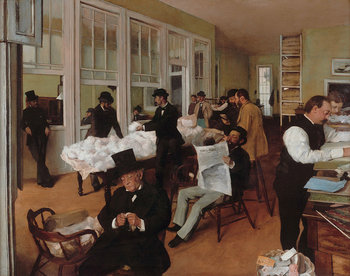
Formula
The formula for a product. Some types of products, such as food are required to display ingredients on the label in most jurisdictions. However, this is usually a high level list of ingredients that leaves the exact formula a secret.Process
A process such as a cooking process that results in an advantage such as a unique flavor.Design
The design of a product or service. It can be difficult to keep designs secrets for long as they can typically be reverse engineered.Methods
Methods such as an algorithm or calculation that improves decisions, operations or products.Tools
A tool that improves work results such as a propriety design tool that improves productivity and quality.Automation
Propriety systems and robotics that automate work to improve efficiency and quality.Patterns
A reusable solution that applies to multiple designs, systems or processes.Know-how
The ability to solve a problem that the competition isn't able to solve.| Overview: Trade Secrets | ||
Type | ||
Definition | Secret information that represents a competitive advantage for a business. | |
Related Concepts | ||


























